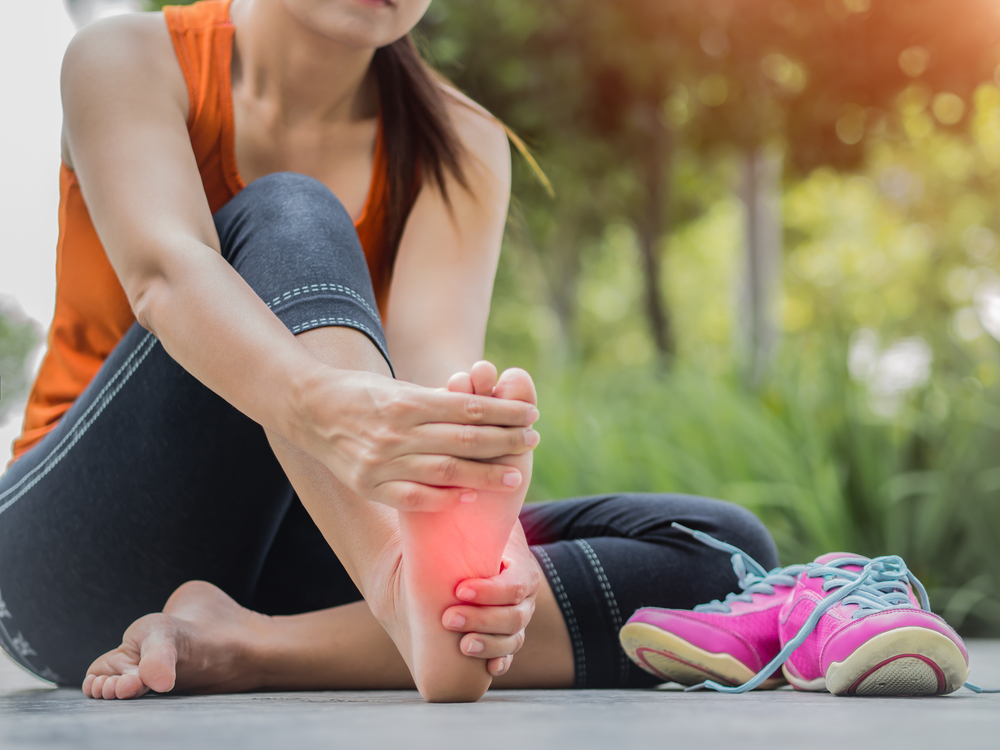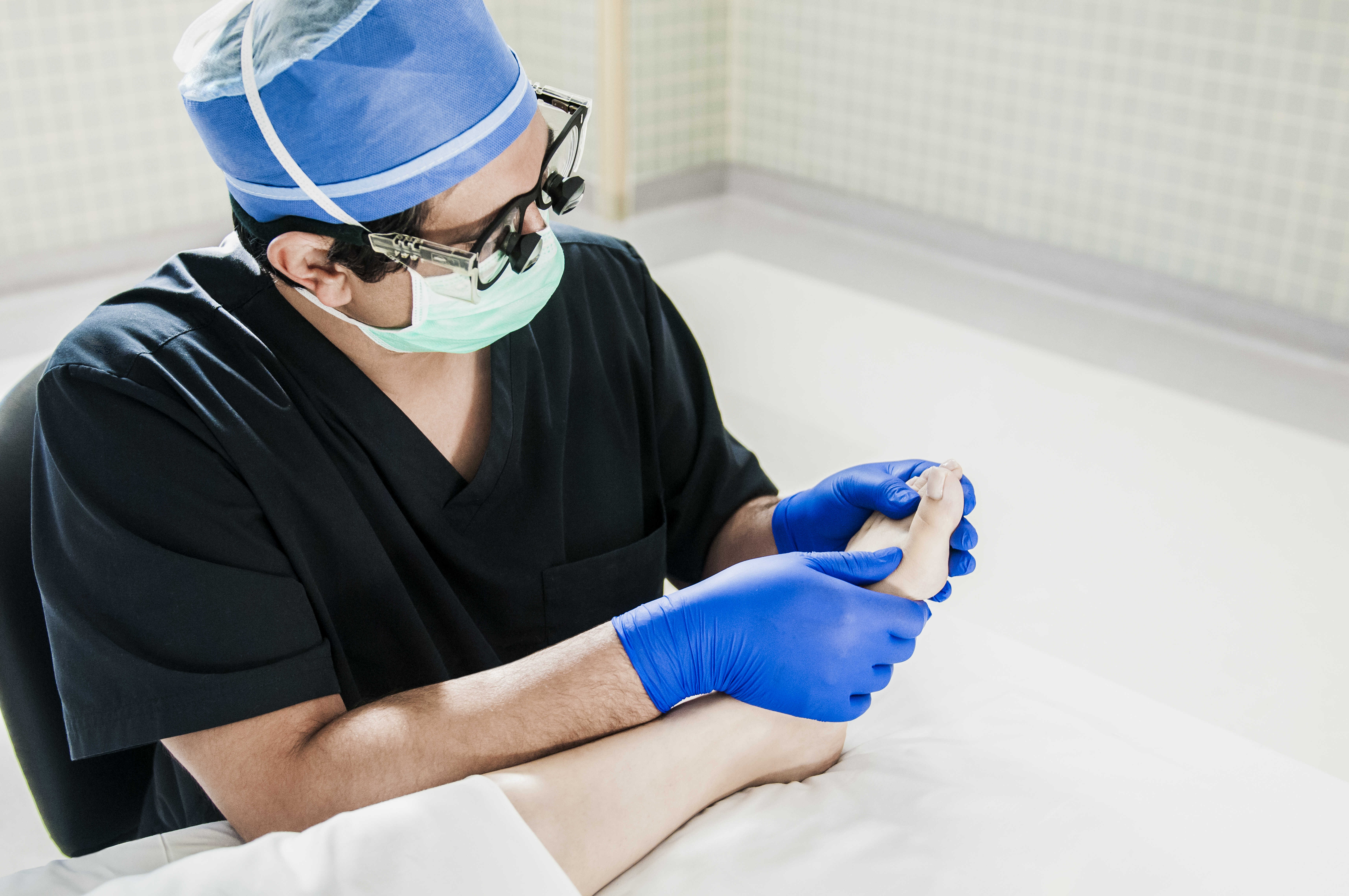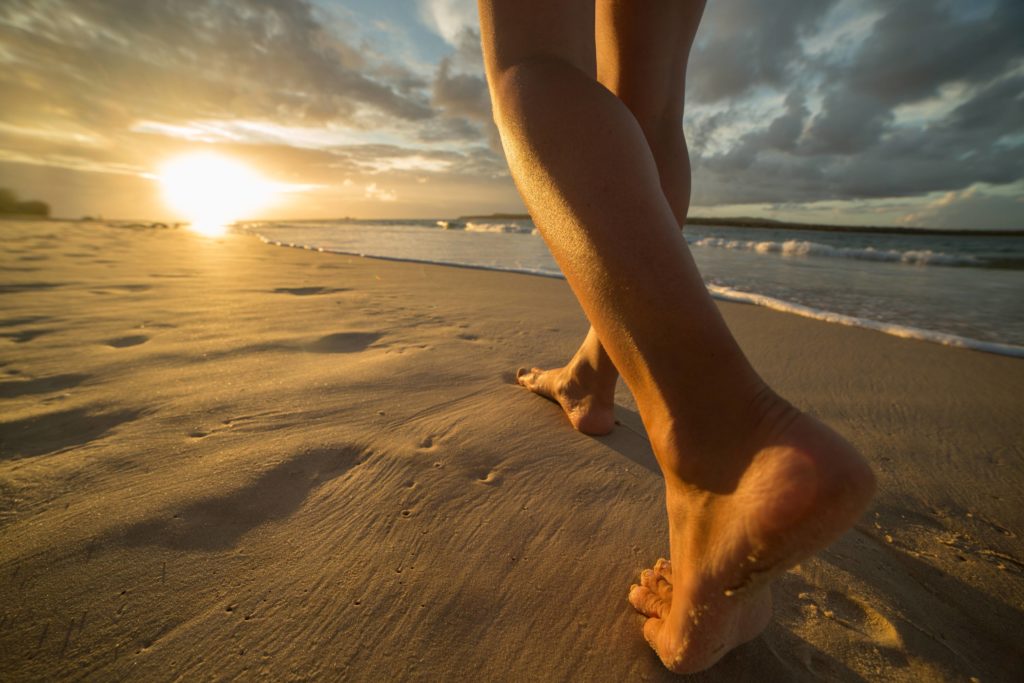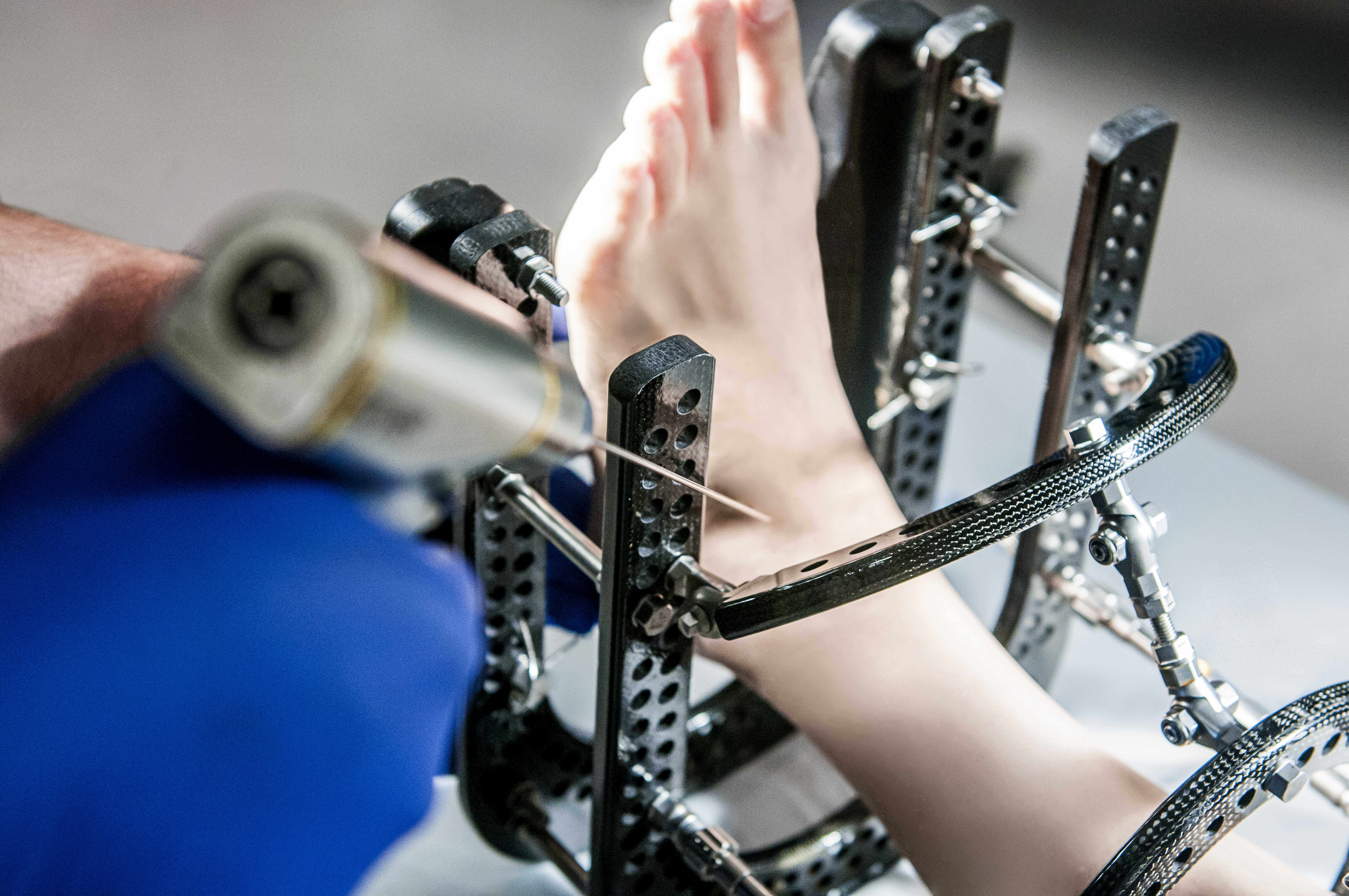
Achilles Foot Doctor in Northridge CA
The Achilles tendon is the strongest and thickest tendon in the human body. It is a strong band of tissue that connects muscles to bones. It attaches the calf muscle (gastrocnemius) to the heel bone (calcaneus). The Achilles tendon gives us the ability to move our foot up and down, and also allows us to point our toes.
The calf muscle is one of two muscles in the back of your lower leg. The other muscle is called the soleus. The gastrocnemius is a larger, more superficial muscle, while the soleus is smaller and deeper. Both muscles are used for plantar flexion, which means that they help you point your toes when walking or running. They also work together with other muscles during activities that require jumping or running such as tennis or basketball.
The Achilles tendon connects the calf muscle to the heel bone at the back of the lower leg. The Achilles tendon, also known as the “heel cord,” helps lift the heel off the ground, enabling walking.
The tendon is also important for running and jumping activities.
The Achilles tendon is the largest and strongest tendon in the body. It is a strong band of tissue that connects muscles (gastrocnemius) to bones (calcaneus). The Achilles tendon gives us the ability to move our foot up and down, and also allows us to point our toes.
Achilles Tendonitis: A Condition That Can Affect Athletes, Runners, and Anyone Who Exercises or Takes Part in Physical Activities
Injury to the Achilles tendon is a condition that can affect athletes, runners, and anyone who exercises or takes part in physical activities. The condition is known as Achilles tendinosis or Achilles tendinitis. It affects both men and women but it seems more common among men than women. There are several causes of this painful condition, including overuse of the muscles attached to the tendons at the back of your ankle (gastrocnemius). This can lead to inflammation or damage of your Achilles tendon. Some other factors that may contribute to developing this problem include increasing age, family history of similar problems, leg bone abnormalities such as a leg-length discrepancy (one leg longer than another), previous injury or surgery involving your foot or ankle region, flat feet (pes planus), high arches in your feet (pes cavus), tight calf muscles which cause increased tension on your Achilles tendon when you exercise or play sports



